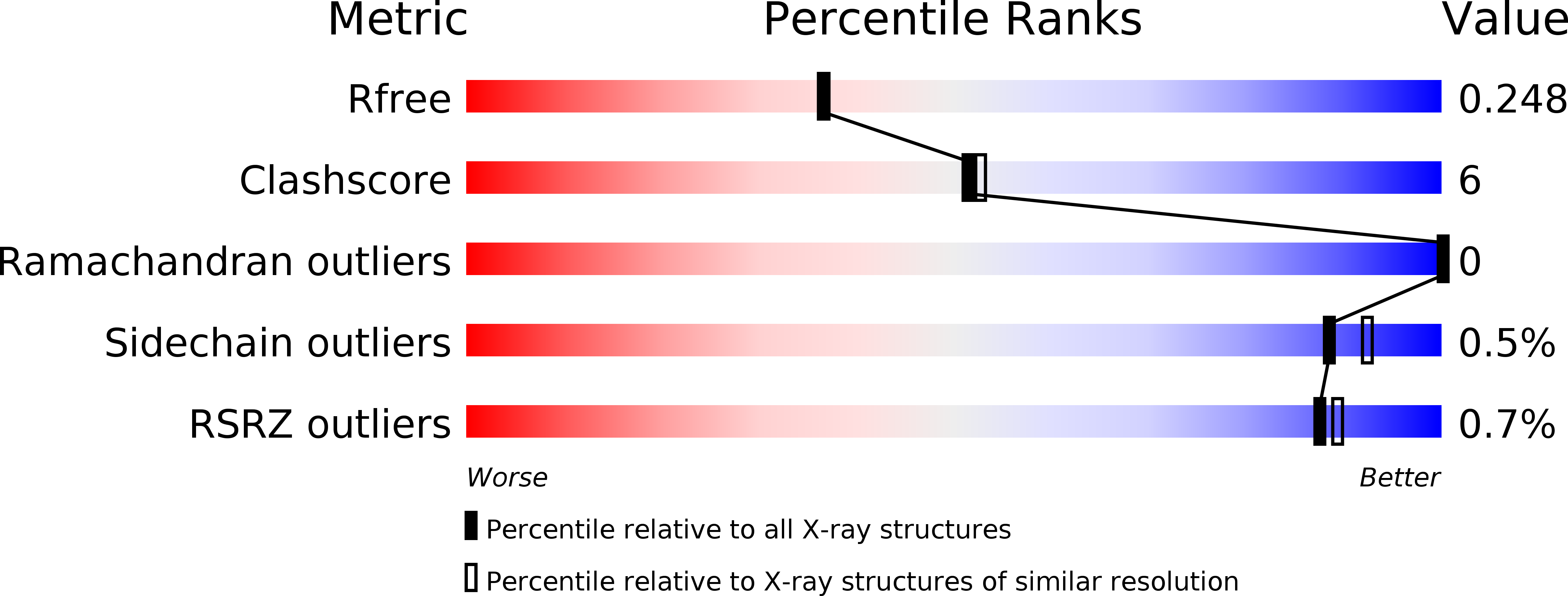
Deposition Date
2016-01-29
Release Date
2016-10-26
Last Version Date
2024-01-10
Entry Detail
PDB ID:
5HWU
Keywords:
Title:
Crystal Structure of DR2231_E46A mutant in complex with dUMPNPP and Manganese
Biological Source:
Source Organism:
Host Organism:
Method Details:
Experimental Method:
Resolution:
2.10 Å
R-Value Free:
0.24
R-Value Work:
0.20
R-Value Observed:
0.20
Space Group:
C 2 2 21


